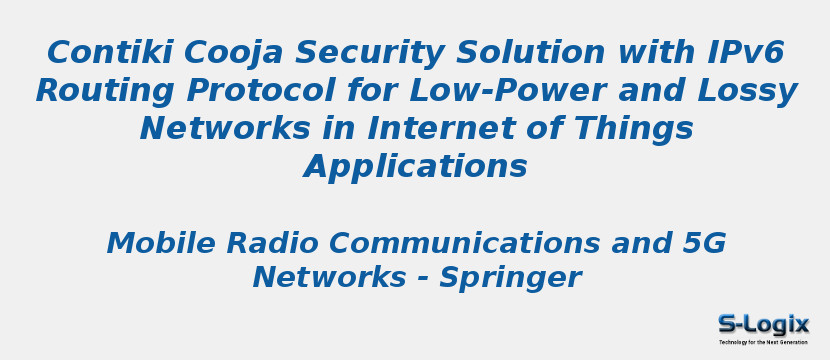Research Area: Internet of Things
Everyone is aware that existing approaches to IoT networks have nothing to do with certain security issues that may expose sensitive data to unauthorised user. Today, low-power and lossy networks (LLNs) speak as one of the most fascinating examination regions. They incorporate wireless personal area networks (WPANs), low-power line communication (PLC) systems and wireless sensor networks (WSNs). Such systems are frequently improved to spare vitality, bolster track designs not the same as the standard unicast correspondence, run steering conventions over connection layers with limited edge sizes and numerous others. The IoT is a quickly developing innovation. In IoT, the gadgets (device) are associated through the Internet and controlled from any remote territories. Before the approach of IoT, the association between the clients was distinctly through the Web. By 2020, there will be 75.4 billion gadgets interconnected through the Web. In IoT, we have routing protocol for low-power and lossy networks (RPL). RPL is a lightweight convention that has decent directing usefulness and mindful setting, and it underpins dynamic topology, having fundamental security usefulness. This paper explores the power-efficient and secure ipv6 routing protocol RPL and proposed the Caesar Cipher hash algorithm for the trust privacy and security of the information of IoT node with power full tool CONTIKI COOJA SIMULATOR security solution (CCSS).
Keywords:
Author(s) Name: Arun Kumar RanaEmail authorSharad Sharma
Journal name:
Conferrence name: Mobile Radio Communications and 5G Networks
Publisher name: SPRINGER
DOI: 10.1007/978-981-15-7130-5_19
Volume Information: pp 251-259
